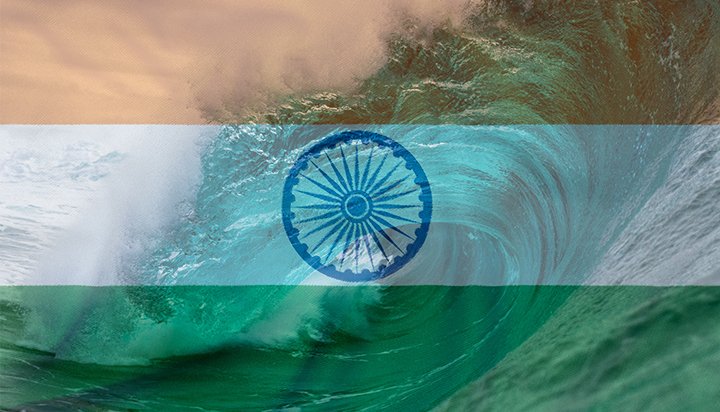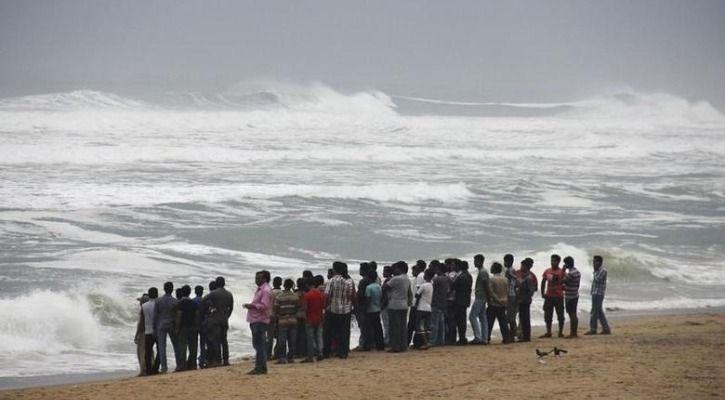New Turbines From IIT Madras Will Generate Electricity Using Waves
Saanvi Araav - Sep 07, 2019

NIOT and IIT-Madras of India are working on turbines to harness the energy from waves pummeling the country's coastline and turn it into electricity.
- Delhi Is The World’s Most Polluted Capital City For Three Years In A Row
- Indian Farmers Install High-Tech, Night-Vision CCTV Cameras To Protect Themselves
- Looking For The Best Electric Bike In India 2021? Take A Look At These
We all know too well that burning fossil fuels like oil and coal to generate power leads to global warming. Therefore, we need to switch to using renewable energy. Two Indian major institutions seems to be in partnership to find a way to accomplish that. NIOT (National Institute of Ocean Technology) and IIT-Madras are working on better turbines to take energy from the wats waves which are pummeling the 7,500 km coastline of India, turning them into electricity.
People are all focusing on wind and solar energy so they forget that the oceans can also offer another free source of renewable energy. And with that extended coastline in the country, this will be a great source of renewable energy.

Abdus Samad (professor and Head of Research at IIT-Madras) said that wave power could be harnessed with the long coastline of India with many gulfs and estuaries to meet our electricity needs.
Samad also added that IIT-Madras has already been turning wave energy into an actual reality since 1993. And now they are really close to success. The Ministry of Earth Sciences is funding this whole project.
However, this is not an easy task. Buiding turbines and use them to harness the waves' power along the coastline and turn that into electricity is the easy part. The problem lies with making the turbines durable while keeping the functionality to generate peak power.

First of all, the turbines need to be able to survive against all those waves, which can be quite tricky given the frequency of storms in a tropical zone like India. And there is also the saltwater corrosion, which makes the turbines need constant maintenance. Those are the main reasons why this system isn't widespread yet.
But hopefully, we could figure it out. Because if it becomes a reality, our coastal regions might never endure power cuts again.
Featured Stories

Features - Jul 01, 2025
What Are The Fastest Passenger Vehicles Ever Created?

Features - Jun 25, 2025
Japan Hydrogen Breakthrough: Scientists Crack the Clean Energy Code with...

ICT News - Jun 25, 2025
AI Intimidation Tactics: CEOs Turn Flawed Technology Into Employee Fear Machine

Review - Jun 25, 2025
Windows 11 Problems: Is Microsoft's "Best" OS Actually Getting Worse?

Features - Jun 22, 2025
Telegram Founder Pavel Durov Plans to Split $14 Billion Fortune Among 106 Children

ICT News - Jun 22, 2025
Neuralink Telepathy Chip Enables Quadriplegic Rob Greiner to Control Games with...

Features - Jun 21, 2025
This Over $100 Bottle Has Nothing But Fresh Air Inside

Features - Jun 18, 2025
Best Mobile VPN Apps for Gaming 2025: Complete Guide

Features - Jun 18, 2025
A Math Formula Tells Us How Long Everything Will Live

Features - Jun 16, 2025
Comments
Sort by Newest | Popular